Guide to Choosing a Hardwood Floor
How to find the best hardwood flooring for your space, budget and lifestyle.
Even if you’ve purchased hardwood flooring before, narrowing down all those options can feel overwhelming. One way to approach it is to figure out how you feel about some of the most common factors that affect homeowners’ floor-buying decisions. Here are some helpful tips.
-
Choose between solid or engineered hardwood.
There are two types of hardwood floors, and both are available in a variety of wood species, colors, styles and levels of durability. Here are some key differences between the two:
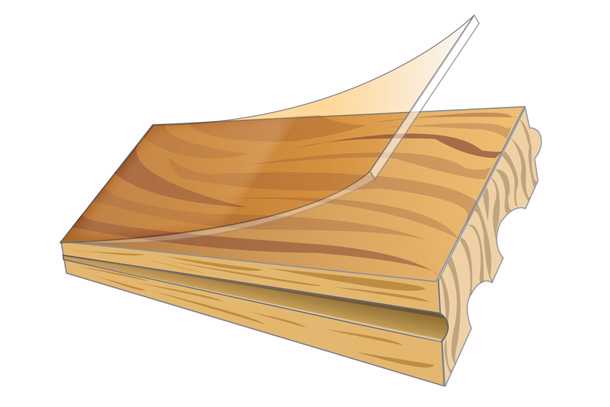
SOLID HARDWOOD FLOORING
- Planks are made from a single, solid piece of wood.
- All Bruce® solid hardwood collections are made in the USA.
- All of our solid hardwood flooring is from domestically sourced lumber, and many collections feature premium Appalachian hardwood, known for its stability, tightly refined grain, and color consistency.
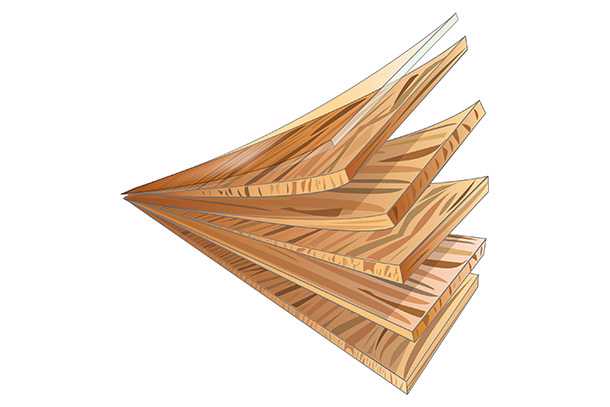
ENGINEERED HARDWOOD
- Planks are multi-layered: a 100% natural hardwood top layer and a strong, stable core of crisscrossed layers of pressed plywood.
- All Bruce® engineered hardwood collections are made in the USA, from either domestic or global materials.
- The structure allows engineered flooring to go in some places where solid hardwood can’t, like basements (where air and moisture can cause issues) or over radiant heating systems or concrete floors.
Understand where you can and can’t install hardwood.
Hardwood flooring is a beautiful choice for most areas of the home, particularly living and dining rooms, family rooms, bedrooms, hallways and entryways. People love hardwood in kitchens, too, and it looks especially great in open floor plans where rooms flow together. (Just be sure to dry up any spills quickly!)
With one exception (our Hydropel waterproof hardwood flooring), we don’t recommend installing hardwood flooring collections in bathrooms or laundry rooms because of the potential for pooling water and humidity. And only engineered hardwood should be used for basement installations.
Consider the factors that affect durability (and what level of durability you need).
Even the toughest hardwood floors can be subject to scuffs and scratches if you’re not careful. If you have a high-traffic home with kids and/or pets you’ll want to look out for flooring styles with greater durability. These are some different factors that can affect how resistant to scratches, dents and water your flooring is.
- Wood species – Every type of hardwood has a hardwood hardness rating . The harder the wood, the better it can withstand dents and dings. Hickory, Oak and Maple are three of the hardest Bruce offers.
- Protective finish – Every hardwood flooring product has a protective finish, and we offer different levels of protection that can impact how well the floors resist scratches and stains. The highest level, Our Lifetime Finish, provides superior protection and is backed by a lifetime warranty.
- Gloss level and floor texture – Hardwood flooring products that have a matte finish and/or texture (such as distressed hand-scraped styles) are better at hiding everyday wear than smooth, high-gloss floors.
- Water resistance – Hardwood is not generally known for its water-resistant qualities, but some collections are more spill-friendly than others. Our Hydropel 36-hour water-resistant hardwood flooring is engineered to perform beautifully in rooms where hardwood is not usually an option.
-
Learn what having hardwood is like with pets.
All those durability factors above will affect how well your hardwood floor plays with furry friends. And you can also take a few preventive measures to keep your floor in top shape. Trim your pets’ nails, keep floors free of fur and dirt, and clean up accidents and spills ASAP.
How to Clean and Protect Hardwood Flooring Sort out your style options.
Now for the fun stuff. Along with durability, the look of the floor is one of the main factors driving most purchasing decisions. Lucky for you, you’ll be able to find a hardwood floor that performs the way you want it to in just about any style. Here are some style characteristics that affect the overall look and feel of hardwood flooring.
Whatever you choose, we recommend trying a sample in your home first. Your lighting may be different from what you see in a store or online, and you want to be sure you pick a product that looks great in your home. Ask your retailer for a sample, or order one on our product pages.
- Color – A hardwood floor’s color comes from any stains and finishes that have been applied, as well as the natural hues of its wood species. Some wood species have greater natural variations in color on individual planks and from plank to plank, giving the wood unique character. Others have less variation for a more uniform look.
- Wood Species – The type of wood your hardwood flooring is made from can have a huge influence on the overall style. For example, Oak hardwood flooring has an eye-catching grain with a lot of variation, while Maple graining is fine and straight. Exotic species often have bold, statement-making grain patterns. Species also differ in how much natural character they convey. Some have more filled knots, filled splits and large mineral streaks, which can feel more casual than a floor with minimal character.
- Surface Treatment and Texture – Many collections offer textures, finishes and surface treatments that allow the floors to take on different looks. Weathered, rustic and reclaimed hardwood flooring styles can appear traditional or in line with modern trends, depending on how the rest of the room is styled.
- Width – Board or plank width plays an important role in helping you achieve your design vision. Narrow strips are less than 3″ and look more traditional, and they can make a smaller room look more spacious. Planks are 3″ or wider. Anything 5″ or wider is considered a wide-width plank. Wide-width planks continue to be a popular style choice for the sophistication and feeling of openness they create. There are even hardwood flooring collections that incorporate mixed-width boards, creating a vintage look that alternates between three board sizes.
- Edge Style – Collections vary in how the edges and ends of the boards are finished. These subtle differences can affect the overall look.
-
Decide whether you’ll install the hardwood yourself, or hire a pro.
Going the DIY route can save you money, but it’s important to know what to expect, especially if you have minimal or no experience with hardwood flooring installation. It takes a lot of time, knowledge and precision to install a floor that looks and performs beautifully. You may find that the peace of mind you’d get from a professional installer is worth the additional cost.
10 Things to Know About Hardwood Installation
If you install yourself, consider an engineered hardwood product that has a floating installation option—these are much more DIY-friendly. Hiring a pro? Ask your retailer to connect you to one they’d highly recommend. Whatever you decide, we offer plenty of support and resources.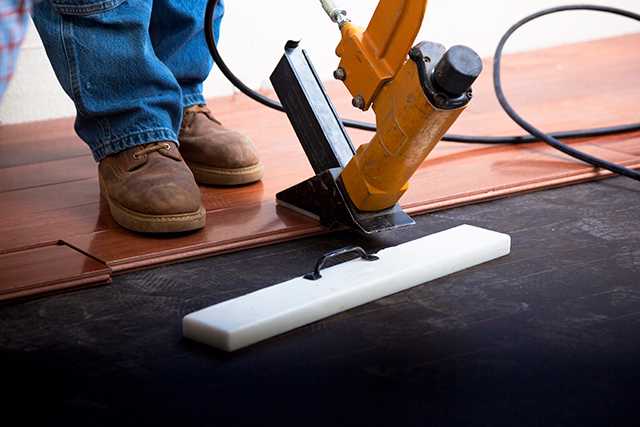
Inspiration to Your Inbox
Sign up for news about our latest flooring innovations—and get inspired for your next project.
Sign Up
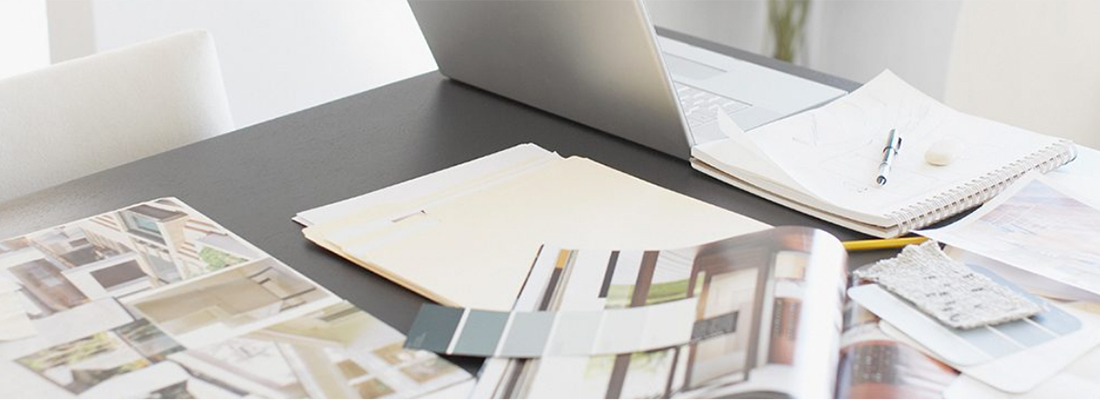
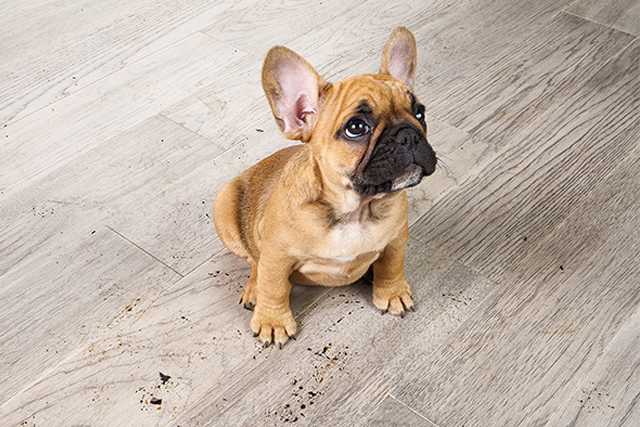
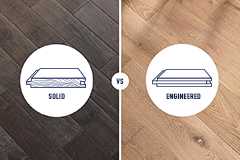 Solid vs Engineered Hardwood Flooring
Solid vs Engineered Hardwood Flooring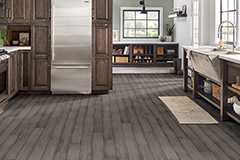 Hardwood Flooring Room Inspiration Guide
Hardwood Flooring Room Inspiration Guide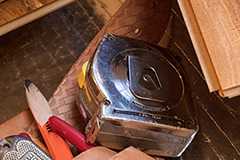 10 Things to Know About Hardwood Floor Installation
10 Things to Know About Hardwood Floor Installation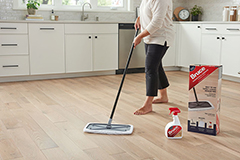 How To Clean and Protect Hardwood Flooring
How To Clean and Protect Hardwood Flooring